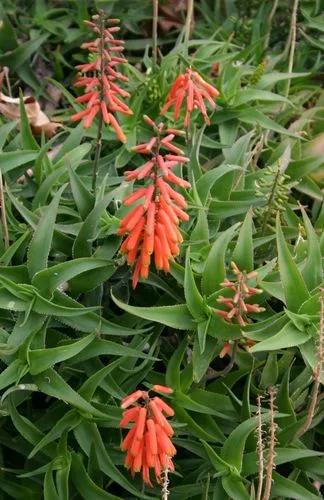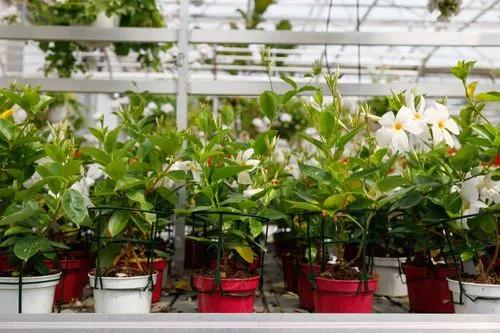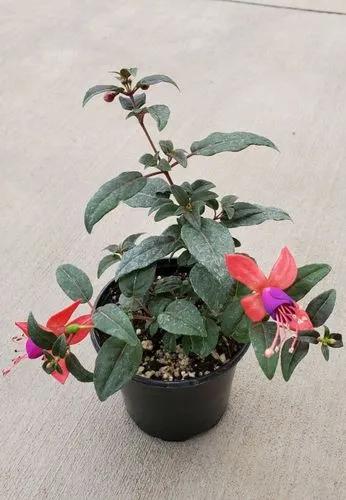Rabelera holostea, known as greater stitchwort, greater starwort, and addersmeat, is a perennial herbaceous flowering plant in the family Caryophyllaceae. It was formerly placed in the genus Stellaria, as Stellaria holostea, but was transferred to the genus Rabelera in 2019 based on phylogenetic analyses. It is the only species in the genus Rabelera. Greater stitchwort is native to Western and Central Europe, including the British Isles.
Greater Stitchwort Care
Stellaria holostea



Greater stitchwort can grow up to 60 cm (24 in) in height, with roughly 4-angled stems. The long, narrow (lanceolate) leaves are greyish green, hairless, sessile, opposite, and decussate (the successive pairs borne at right angles to each other).
The flowers are white, 2–3 cm (0.79–1.18 in) across, with five petals split to about halfway the length of the petal. The sepals are much shorter than the petals.
Identifying this wildflower is not difficult, but what can be misleading is the variable depth of notches at the tips of each of its five white petals - yes, there are five, not ten as some of the deeply-notched specimens might lead us to believe. The flowers are typically 2 to 3 cm in diameter.
Stems of Greater Stitchwort are quite brittle but strong enough to support the flowers in all but the wildest of spring gales. The grey-green leaves are narrow and pointed, looking very much like some kind of grass - until the flower stems appear to confirm the identity.
This plant might be poisonous
How to get rid of: In most situations, Greater slitchwort is easily controlled by hand removal or cutting the plant off at its taproot by hoeing. Monitoring the area on a regular basis and removing the weed throughout the growing season will greatly reduce the impact of the weed the next year. In larger areas, rototilling of young plants is effective. Mowing can be effective if the blade is set as close to the ground as possible.
How to Care for the Plant

Popularity

74 people already have this plant 41 people have added this plant to their wishlists
Discover more plants with the list below
Popular articles






